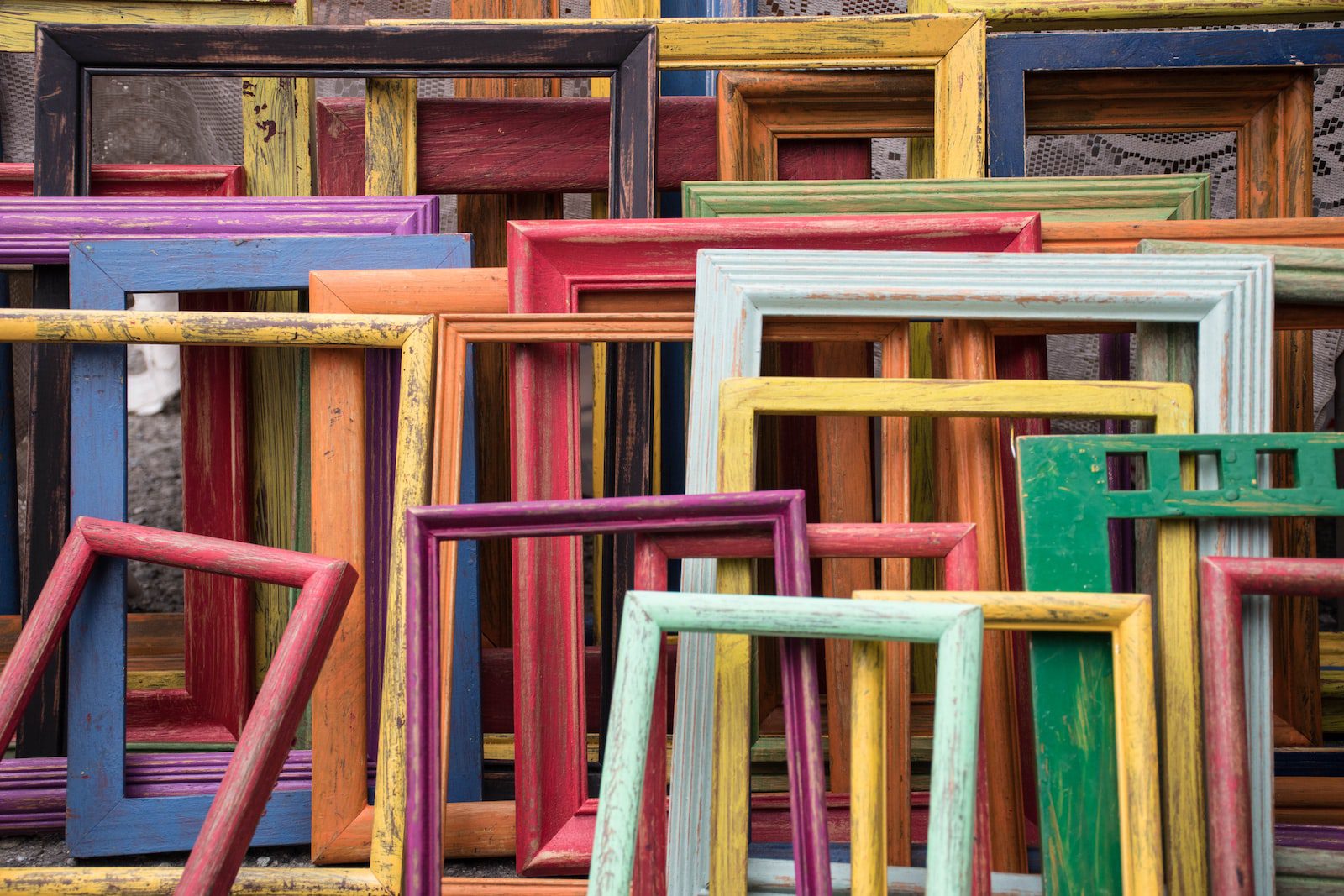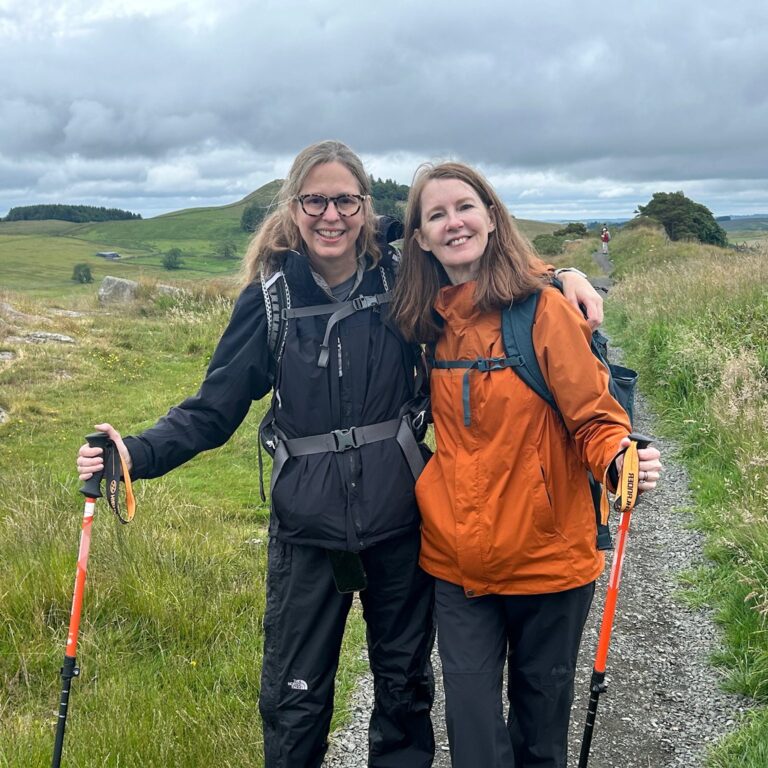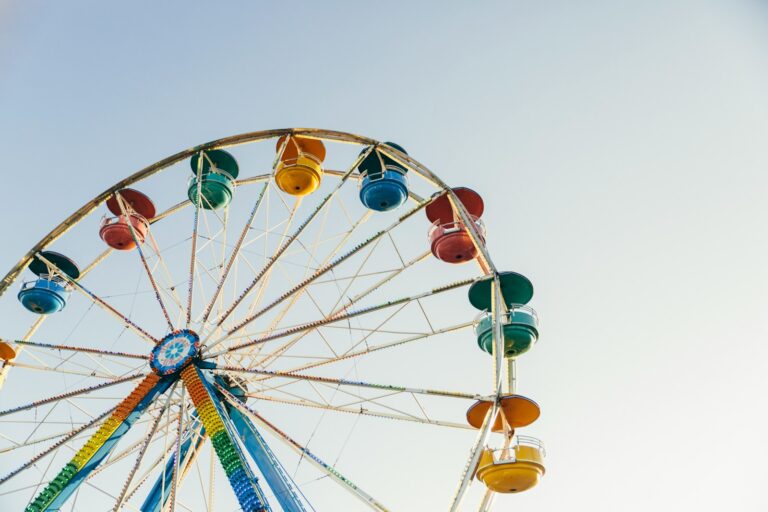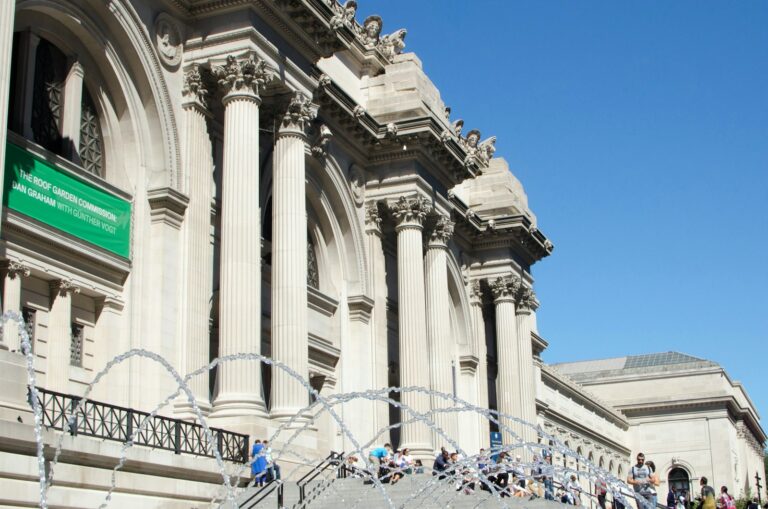We hear a lot of talk about creativity—but what is creativity, and why do we want it? Though some people may dismiss creativity as something that concerns only artists, many aspects of everyday life allow us to use our creativity.
What is creativity?
Creativity is the ability to generate new, original ideas. It allows us to spot fresh solutions to problems, think outside the box, imagine new possibilities, and dream up new stories and new experiences to share.
Being creative means living in an atmosphere of growth, which is one of the key elements of a happy life. We’re happier when we’re growing.
People who exercise their creativity tend to be more productive, more energetic, more innovative—and creativity makes us happier.
Of course, creative work may also lead to feelings of frustration, insecurity, and discouragement! Being creative often means struggling to master new tools, trying and failing to achieve an idea, and receiving criticism.
But the fact is, happiness doesn’t always make us feel happy, and even if it’s not always easy, expressing our creativity is tremendously satisfying.
Why should we try to boost our creativity?
We might want to boost our creativity better to be able to create something of interest, such as…
- Writing a family holiday newsletter
- Designing our physical self-presentation: outfits, tattoos, hair, make-up
- Choosing a fantasy-football team
- Throwing a party
- Dreaming up a new marketing strategy
- Finding a new way to engage a student, client, or customer who is losing interest
Or we might want to boost our creativity better to be able to solve a problem in an innovative way, such as…
- Figuring out how to organize all the stuff that’s stored in the garage
- Re-thinking how to schedule team meetings when some people are working remotely while others are physically present
- Planning the perfect family trip
- Settling a disagreement between two co-workers in a way that satisfies both of them
- Spotting an efficiency that saves money and time
Because creativity is so valuable, we want to feed our creativity—but how?
If we’re looking for ways to boost our creativity, here’s one secret: Tap in to our five senses.
When I started work on my book Life in Five Senses, I hoped that by tuning in to my five senses, I’d find a new source of energy, love, luck, mindfulness—and creativity.
But I was unprepared for just how sparked my creativity would get! I found that when I paid greater attention to seeing, hearing, smelling, tasting, and touching, I ignited my imagination and my desire to create.
As Yoshida Kenkō wrote, “If we pick up a brush, we feel like writing; if we hold a musical instrument in our hands, we wish to play.”
By making direct contact with the world, instead of staying stuck in our heads or behind a screen, we boost our creativity. We reach the mind through the body.
Why do vivid sensory experiences boost creativity?
- They provide the brain with fodder for new ideas and connections that spark the imagination
- They help us feeling grounded in the present moment, and they also stir up old memories from the past
- They ignite unexpected associations that contribute to fresh thinking
- They boost our energy and help us to feel refreshed, which then helps us to focus and work
How do we boost creativity through our five senses?
- By using engaging tools
- By doing something novel, such as going on an adventure to a new place
- By enjoying a particularly intense sensory experience
- By deliberately evoking memories
How might we tie these strategies to the five senses?
Fortunately, it’s easy to boost our creativity through our five senses without spending a lot of time, energy, or money.
We’ve all heard the usual suggestions: pay close attention to your breath; relish a single sip of coffee; notice the colors of the sky. Those are helpful—but a bit familiar. Consider these:
Seeing
- Create the sight surroundings that fire your imagination—I need order, space and room to work, but other people prefer a profusion of piles, toys, and tools
- Use a color printer instead of black and white
- Put a plant on your desk
- Go outside, and as you walk around the neighborhood, look around with the eyes of a tourist. The sunlight itself will help you feel more alert and focused, and adopting the perspective of a tourist will help you see ordinary sights in a new way. Look at the bumper stickers on that car! Why is that dog wearing all those clothes?
- Go to a movie in the middle of the day
- Wander around a museum, book store, department store, or big drug store—pay close attention to things you usually overlook
- Sit somewhere with a lot of foot traffic, and pay close attention to the people as they walk by—how do they act, how do they dress, how do they interact?
- Close your eyes, choose a room from your childhood home, and try to visualize it with as much detail as possible
Hearing
- Create the sound surroundings that fire your imagination. Do you work best with sounds of music, silence, or the busy hum of a coffee shop?
- Listen to a genre of music you’ve never listened to before
- Visit the Nostalgia Machine and listen to a song from the year you graduated from high school—what memories does it evoke?
- Turn off your smartphone notifications so your concentration isn’t broken by pings
Smelling
- Identify a smell that you associate with creativity and bring it into your environment. For me, the smells of an old paperback book, school paste, or a fresh pack of printer paper make me feel like writing.
- If you feel stuck, take a moment and tune in to a strong smell such as coffee, peanut butter, or Sharpies, or even a bad smell, like garbage or a neglected fridge—a strong sensation will help you feel grounded in your body
- Visit a place with a strong smell environment—a bakery, a restaurant, a bath-products shop—and try to identify the different elements of the smells around you
- Take a deep sniff of something that holds strong memories. The smell of fresh asphalt reminds me of high school (from a summer job), the smell of Tea Rose perfume reminds me of college, the smell of baby powder reminds me of my husband. Strong memories fire up associations that spark creativity.
Tasting
- Appreciate the taste of a single almond, one olive, or one mouthful of apple. Really notice the taste, the texture, the mouthfeel
- Try a dish that you’ve never eaten before; new experiences spark new associations
- Invent a new kind of sandwich, pizza topping, or ice-cream flavor
- Eat with your non-dominant hand—the extra effort will help you pay attention to the physical experience and also shake up your thoughts
- Buy yourself a treat that you always wanted as a child but were rarely able to have—I was rarely allowed to have soft drinks
- Taste something that holds strong memories. For me, Diet Peach Snapple brings back floods of memories from law school. Those associations bring fresh ideas.
Touching
- Putting interesting tools in our hands often sparks our creativity—splurge on a tool that will prompt you to play and experiment. I recently got a gimbal for my smartphone and have been teaching myself to use it. So many possibilities!
- Put up a whiteboard so you can sketch your ideas instead of typing them. My sister Elizabeth Craft is a Hollywood show-runner, and she keeps an eight-foot whiteboard in her home office
- Use a different style of notepad
- Use felt-tip pens in beautiful colors instead of the usual, boring black and blue
- Keep a fidget spinner, pop toy, therapy dough, or other touch tool nearby. When you’re stuck, activity with your hands can help focus and stimulate your mind.
- Visit an art-supply or office-supply store, craft store, hardware store, gardening center, cooking store, farmers market—anyplace where you’ll see lots of materials and equipment. Don’t worry about using anything; just wander
- Take a shower
- In a glass jar, collect all the little toys, gimcracks, and goofy trinkets you can round up. When you need inspiration, dump out the objects and put them back in the jar, one by one
Also, remember that each of us is different. Pay close attention to what kind of sensory experiences spark your creativity.
For my book Life in Five Senses, I decided to visit the Metropolitan Museum every day for a year—and I still haven’t stopped. This daily habit is perfect for me. It’s both structured and unstructured; it’s predictable yet always novel; it gets me up on my feet and walking (walking is also great for creativity); it puts me in an environment that’s vivid, intense, and sparks unexpected associations.
The Met overwhelms my sense of sight, of course, but it also stimulates my senses of hearing, smelling, and touching, and when I stop for a cup of coffee, my sense of tasting as well.
For me, visiting the Met boosts creativity. For someone else, however, music might be a richer source of creativity. Learning to play a new instrument, fooling around with a harmonica, listening to new music or feeling nostalgic from music from the past…these exercises don’t appeal to me, but others find them enormously suggestive.




